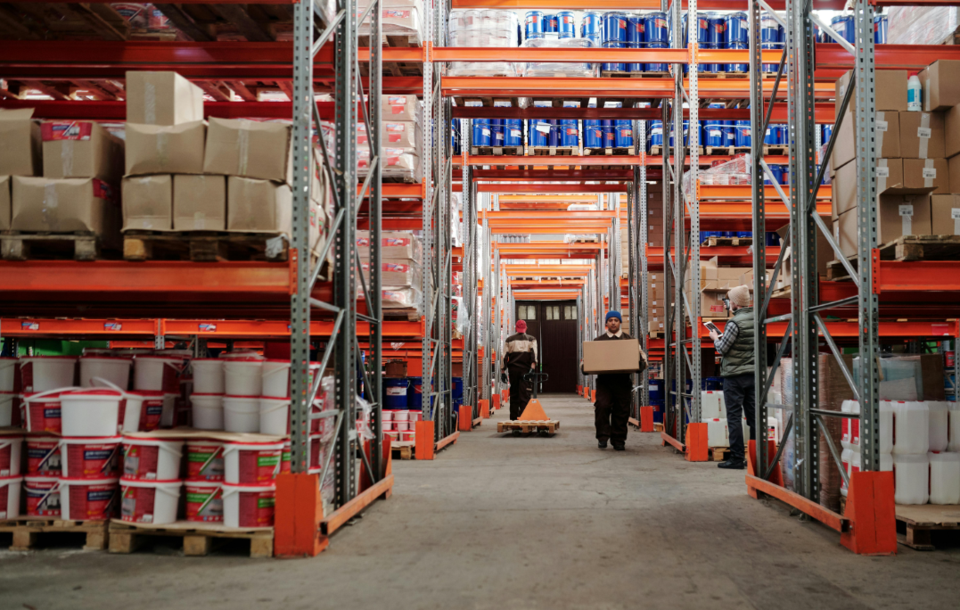The threat of U.S. tariffs on Canadian good has damaged business confidence in Ontario.
Two-thirds (66 per cent) of Ontario businesses expect U.S. tariffs will have a negative impact on their business, according to a Leger survey conducted for the Ontario Chamber of Commerce between Feb. 4 and 10.
But almost half those surveyed said they were resilient enough to feel confident in their ability to adapt.
“While confidence in the Ontario economy was on the rise entering 2025, the threat of U.S. tariffs has erased those gains – and two-thirds of businesses expect to feel the pain,” said chamber president-CEO Daniel Tisch in a statement.
“Since business confidence affects investment and employment decisions in both Canada and the U.S., the need for clarity, stability and predictability is urgent.”
Both countries are in the middle of a 30-day negotiating period before tariffs from the Trump administration may be invoked.
Six out of 10 business decision-makers expressed a lack of confidence in Ontario’s economic outlook. More than a quarter (28 per cent) indicated they were not confident at all.
Fifty-six per cent anticipate a negative impact from retaliatory Canadian tariffs on American goods.
The greatest anticipated impacts expressed by respondents include decreased sales and revenue (41 per cent), increased cost of raw materials (40 per cent), changes in customer demand (33 per cent) and supply chain disruptions (31 per cent).
Almost half of businesses (48 per cent) believe they can adapt while 15 per cent believed they could not. Thirty-two per cent had a neutral view.
Among the survey respondents’ adaptation strategies include increasing prices (25 per cent) diversifying suppliers (19 per cent), reducing their workforce (13 per cent), reducing prices to maintain U.S. clients (8 per cent), or seeking government assistance (7 per cent).
To adapt and diversify, 39 per cent of respondents were seeking financial assistance, followed by trade advocacy and guidance (35 per cent), with 20 per cent considering more networking opportunities.
The chamber said the survey was conducted using Leger’s online panel, which has more than 500,000 members nationally.




